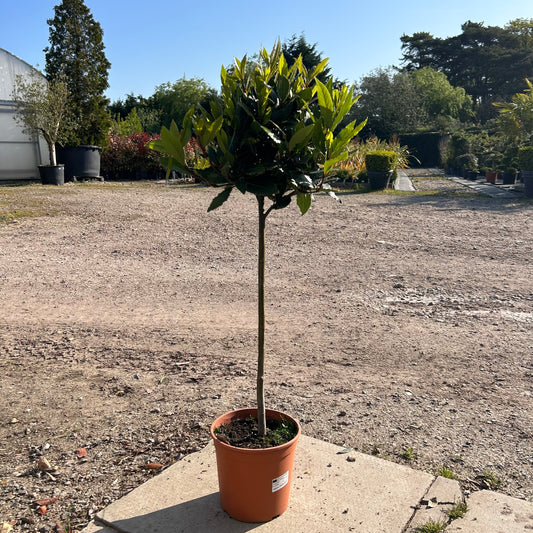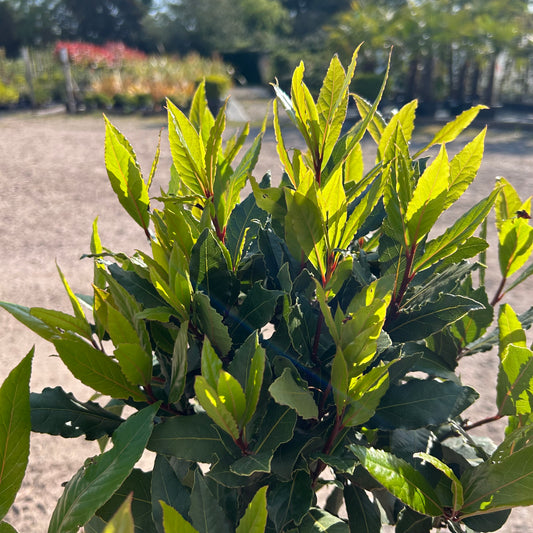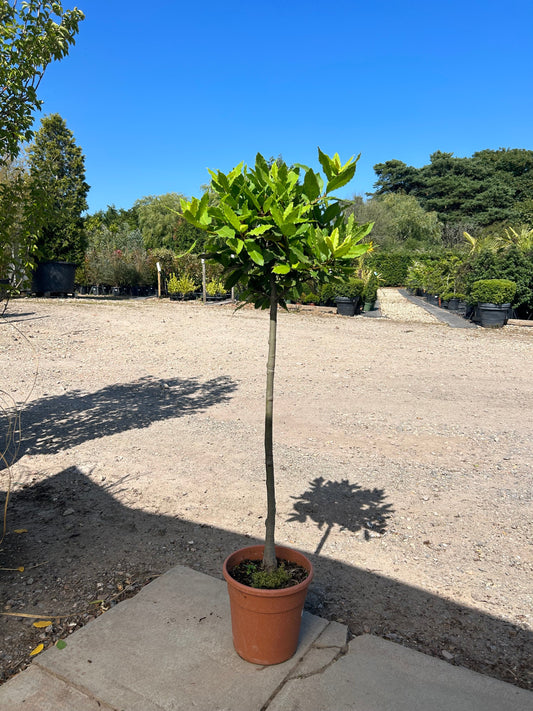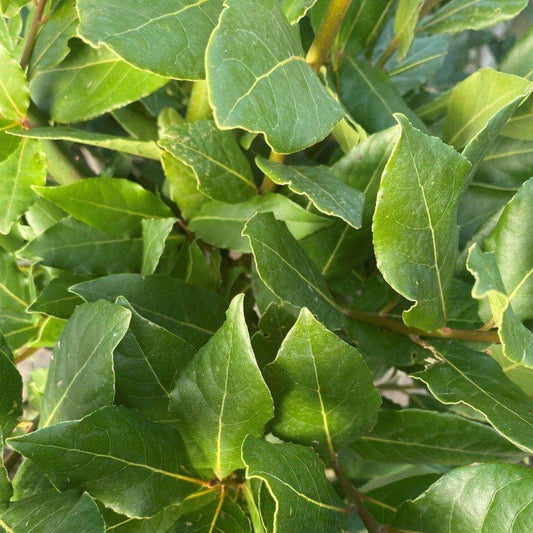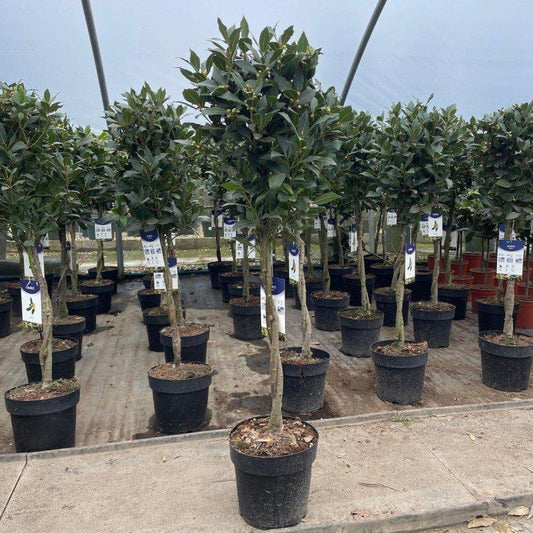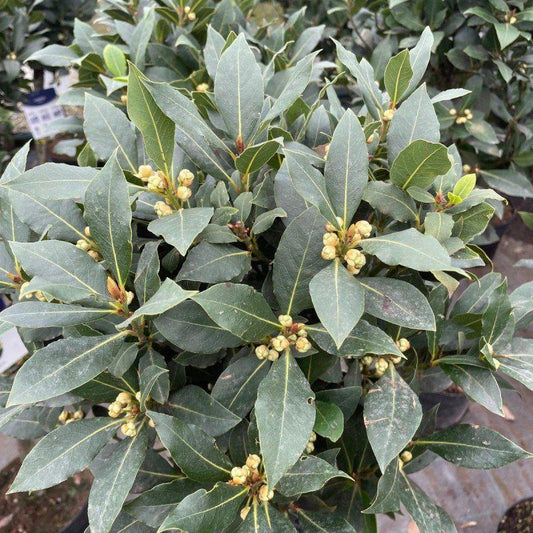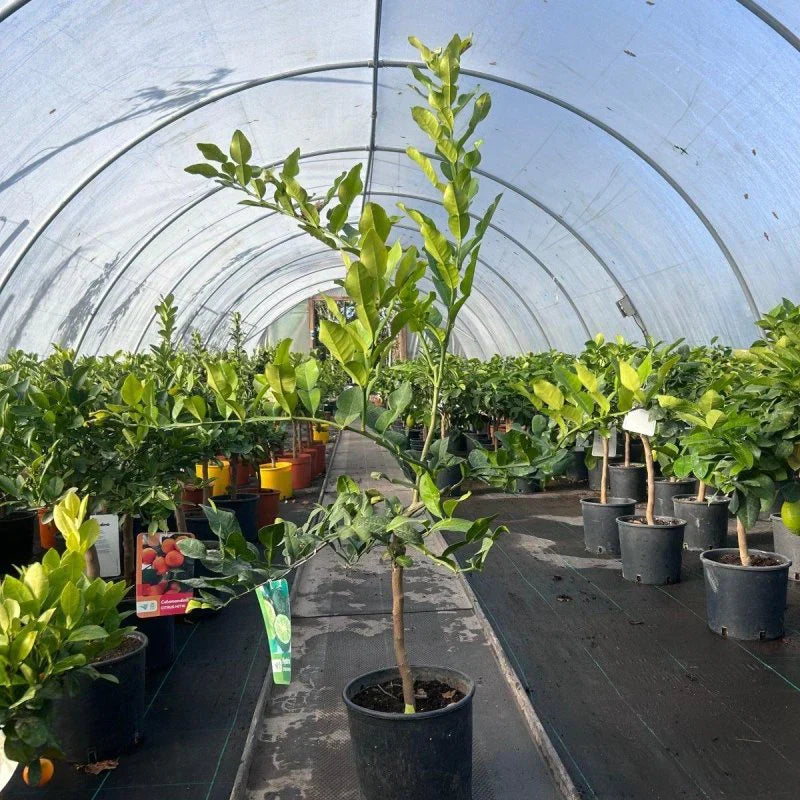How to Care for Citrus hystrix (Kaffir Lime) in the UK 2025: Essential Tips and Guidelines
Inside this Article:
- What are the optimal growing conditions for Citrus hystrix in the UK climate?
- How should one prune a Citrus hystrix tree in the UK to ensure healthy growth?
- Which fertiliser proves most effective for nurturing a Citrus hystrix in a UK garden?
- Can you propagate Citrus hystrix from cuttings, and what is the best method to do so?
- How does one address common problems faced by Citrus hystrix trees in the UK?
- What care steps are essential for overwintering Citrus hystrix in the UK?
Kaffir lime, known scientifically as Citrus hystrix, is a valuable addition to any garden or home in the UK.
To ensure a thriving plant, it requires warm conditions, adequate watering, and occasional pruning. This citrus tree not only enhances gardens with its aromatic leaves but can also serve as an essential ingredient in many Southeast Asian recipes.
Growing Kaffir lime in the UK, especially in 2024, often means cultivating it indoors or in pots, as the climate can be less forgiving. Keeping the plant in a bright location with protection from frosts is key to its health.
Regular care, including proper watering and feeding, can lead to a fruitful and fragrant harvest from this unique tree.
Kaffir lime's culinary uses are widely appreciated, making it more than just an ornamental plant. As readers learn how to care for this beautiful citrus, they can unlock its potential for enhancing meals and adding zest to their culinary repertoire.
Key Takeaways
- Kaffir lime thrives in warm and bright conditions and benefits from indoor cultivation.
- Regular watering and careful pruning will help maintain plant health.
- The leaves are commonly used in cooking, adding unique flavours to various dishes.
Cultivation and Planting
Cultivating Citrus hystrix, commonly known as Kaffir Lime, involves careful consideration of its environment, soil, and planting methods. This section provides guidance on selecting the right location, preparing the soil, and effective propagation techniques.
Choosing the Right Location
Kaffir Lime thrives in bright conditions. It prefers full sun for at least 6 to 8 hours a day. A sunny window, patio, or deck can be ideal locations.
Temperature is also crucial. It grows best in warm temperatures between 20°C to 30°C. When outdoors, ensure adequate shade is available during extreme heat. If grown indoors, a bright spot near a south-facing window provides optimum lighting.
Container gardening is another excellent option, allowing for easy movement to capture sunlight. Consider placing the container in a location that protects it from harsh winds.
Soil Preparation and Planting Techniques
Kaffir Lime requires well-drained soil for optimal growth. A mixture of loam-based potting compost with added grit enhances drainage. This makes it suitable for container planting or garden beds.
Before planting, check the soil pH, aiming for a level between 6.0 and 7.0. This range supports healthy growth.
When planting, create a hole that is at least twice the width of the root ball. Mix in well-rotted compost to enrich the soil. If planting directly in a garden, ensure the site gets full sun and has good drainage to prevent waterlogging.
Water the plant thoroughly after planting, allowing excess water to escape from the bottom. This irrigation method ensures roots are well-hydrated.
Propagation Methods
Kaffir Lime can be propagated using seeds, cuttings, or layering.
Seeds should be fresh and plump. Plant them about 1.5 cm deep in a moisture-retentive soil mix. Keep the soil moist and warm until germination occurs.
Cuttings are another effective method. Take healthy, semi-hardwood stems and trim them to about 15 cm. Dip the cut end in rooting hormone, then plant it in a well-draining potting soil.
Layering involves bending a healthy stem and covering a section with soil to encourage rooting. This method allows the new plant to grow while still attached to the parent.
Care and Maintenance
Proper care and maintenance of the Kaffir lime tree ensures healthy growth and a fruitful yield. This section will cover the essential aspects of watering and moisture control, pruning and managing size, and fertilisation and nutrient management.
Watering and Moisture Control
The Kaffir lime tree needs consistent watering to thrive. During the growing season, it requires moist but not overly wet soil. The soil should be well-draining to prevent root rot.
Checking the top inch of soil can indicate when to water. If it feels dry, it's time to add water.
In summer, the tree may need watering every few days, while in winter, this can be reduced to once a week or less.
Using a plant mister can increase humidity around the tree, which helps the leaves stay healthy and vibrant.
Keeping the tree indoors can lead to dry air, so misting or placing a humidifier nearby can be beneficial. High humidity promotes better leaf production and overall health.
Pruning and Managing Size
Pruning is essential for maintaining the Kaffir lime tree's size and promoting bushy growth. It is best done in late winter or early spring before growth begins.
Shearing back any leggy growth encourages denser foliage, which is important for leaf production.
Removing dead, damaged, or crossed branches helps improve air circulation and allows light to reach the inner branches. Regular pruning also prevents the tree from becoming too tall or unwieldy, which is particularly important for indoor plants.
For those looking to limit the size, cutting back about one-third of the tree can keep it manageable. Always use clean, sharp tools to make precise cuts for better healing.
Fertilisation and Nutrient Management
Kaffir lime trees require a balanced fertiliser, especially during the growing season.
Using a fertiliser formulated for citrus plants will provide the necessary nutrients.
Application should begin in early spring and continue every 4-6 weeks until late summer, then taper off in autumn.
A well-balanced fertilising schedule supports healthy growth, leaf production, and potential flowering. Amending the soil with organic matter can also boost nutrient levels.
It is vital to follow the manufacturer's instructions regarding application rates to prevent over-fertilisation, which can harm the tree. Monitoring the tree’s health can help determine if adjustments are needed.
Kaffir Lime Tree Problems
Caring for the Citrus hystrix, commonly known as Kaffir Lime, involves identifying and managing pests and diseases, as well as providing protection during seasonal changes. Understanding these factors is essential for maintaining a healthy plant.
Diseases and Pests
Kaffir Lime trees can be affected by various pests and diseases.
Common pests include aphids, scale insects, mealybugs, and mites.
- Aphids suck sap, leading to stunted growth.
- Scale insects create brown spots on leaves and branches.
- Mealybugs appear as white cottony masses and can weaken the plant.
To manage these pests, regular inspections are vital.
Beneficial insects, like ladybirds, can help control aphid populations. Additionally, using insecticidal soap or neem oil can effectively eliminate these pests.
Diseases such as root rot, caused by overwatering, should also be monitored. Symptoms include yellowing leaves and a wilting appearance.
Ensuring proper drainage and avoiding waterlogged soil are key preventive measures.
Seasonal Care: Overwintering
In the UK, frost can harm Kaffir Lime trees. It is crucial to provide protection during winter months.
If the tree is potted, bring it indoors when temperatures drop below 5°C (41°F).
For outdoor trees, use frost cloths or bubble wrap around pots and trunks. This insulation helps keep the roots warm.
When overwintering indoors, ensure the plant receives bright light but is shielded from direct heat sources, which can dry it out.
Misting the leaves can help maintain humidity levels, especially in central heating. Regular watering should be reduced during this period but ensure the soil does not become completely dry.
Hopefully keeping your eye on the above issues will help control your kaffir lime tree problems
Culinary Uses and Benefits
Kaffir lime, also known as makrut lime, offers a unique flavour profile essential in various dishes, especially in Asian cuisine. The fragrant leaves add a citrusy aroma to soups and curries.
The leaves can be used fresh, dried, or frozen, preserving their delightful taste.
Dried leaves should be kept in an airtight container to maintain freshness for up to a year. Fresh leaves can elevate the flavour of rice and fish dishes.
Kaffir lime juice is another important ingredient. It can be used to add a delightful tang to marinades and dressings. The bumpy fruits can also be candied or used to create simple syrup, making them versatile in desserts.
The nutritional benefits of Kaffir limes should not be overlooked. They are high in vitamin C and have antibacterial properties.
The essential oil from the leaves can also be used in cooking or even for aromatherapy, enhancing the dining experience.
This lime variety is often celebrated in Thai cuisine and other Southeast Asian dishes. Its integration into recipes highlights the depth of flavour it brings to everyday meals. Whether used as a garnish or a key ingredient, Kaffir lime's contributions to cooking are both delicious and beneficial.
Frequently Asked Questions
Caring for Citrus hystrix in the UK involves understanding its specific needs related to climate, pruning, fertilisation, propagation, and winter care. Addressing these aspects will help ensure a healthy tree and fruitful harvest.
What are the optimal growing conditions for Citrus hystrix in the UK climate?
Citrus hystrix thrives in a warm, sunny location. It prefers temperatures between 20°C and 25°C during the growing season.
In the UK, it is best to grow this tree in a conservatory or greenhouse to protect it from frost.
How should one prune a Citrus hystrix tree in the UK to ensure healthy growth?
Pruning should take place in early spring before new growth begins. Remove any dead or crowded branches to improve air circulation. Cutting back stems promotes bushier growth and helps shape the tree.
Which fertiliser proves most effective for nurturing a Citrus hystrix in a UK garden?
A fertiliser specifically formulated for citrus trees is most effective.
It should be applied during the growing season, typically from spring to late summer. Follow the manufacturer's instructions for the best results, as over-fertilisation can harm the plant.
Can you propagate Citrus hystrix from cuttings, and what is the best method to do so?
Yes, Citrus hystrix can be propagated from cuttings.
A cutting should be about 6 inches long, with lower leaves removed. Dip the cut end in rooting hormone and plant it in well-draining soil. Keep the soil moist for about thirty days.
How does one address common problems faced by Citrus hystrix trees in the UK?
Common issues include pests like aphids and leaf drop due to low humidity.
Regularly check for pests and treat them with insecticidal soap. Maintaining humidity levels through misting can also help prevent leaf drop.
What care steps are essential for overwintering Citrus hystrix in the UK?
To overwinter Citrus hystrix, bring the tree indoors before the first frost. Keep it in a bright spot and reduce watering during the winter.
Monitor for pests and ensure the temperature remains above 7°C to protect it from cold damage.


